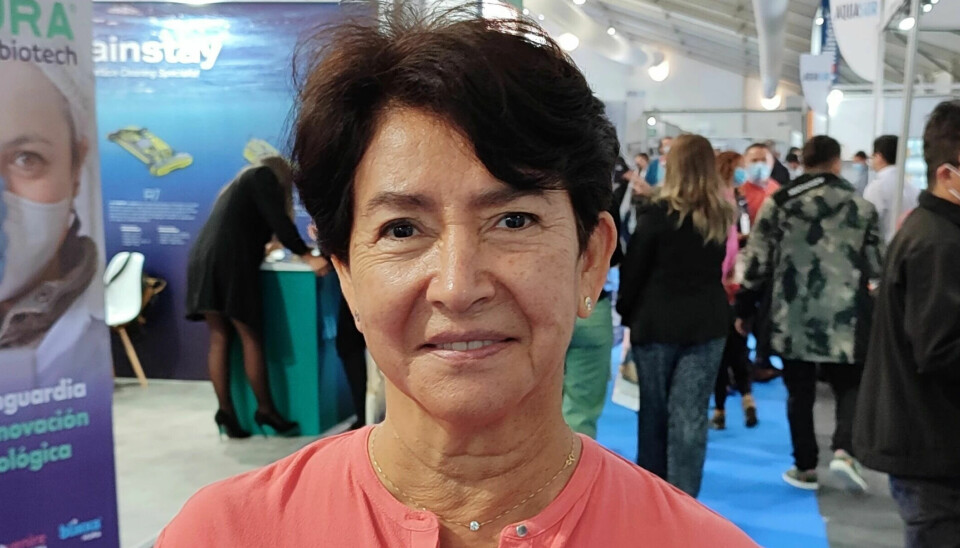
Escaped Atlantic salmon 'have not established in Chilean waters'
There’s no evidence to back up environment minister’s claim that the species is invasive, says scientist
There is no evidence that Atlantic salmon that escaped from fish farms in Chile have established themselves as an invasive or feral species in the country’s waters, according to an expert who took part in a study on the subject.
Scientists from the Universidad Austral de Chile, Universidad San Sebastián and University College Dublin, Ireland, thoroughly investigated salmon escape events that occurred between 2004 and 2021.
Using information provided by state aquaculture agency Sernapesca, the authors were able to determine that a total of 109 escape incidents occurred in this period, which represents some 8.53 million salmonids.
Many escapes
Of this total, 5.73 million were Atlantic salmon (67.2%), 0.83 million coho salmon (9.8%) and 1.96 million rainbow trout (23.0%). The study determined that 70.1% of the escaped salmonids were registered in Los Lagos region, 23% in the Aysén region and 4.6% in the Magallanes region.
According to the authors, around 39.5% of escapes in 2015-2021 were attributed to cage breakage, mainly due to adverse weather conditions.
However, “additional regulations introduced in 2020 by the Chilean authority have helped to minimise the escape of farmed salmonids. As a consequence, only one escape event was reported in 2021, which corresponds to 3.85% of the total number of escapes registered between 2004 and 2021”, they stated.
Exotic but not invasive
Based on these results, and in line with an ongoing political debate in which environment minister Maisa Rojas has insisted salmonids are “invasive” species in Chile, Fish Farming Expert’s Chilean sister site, Salmonexpert.cl, contacted Dr Sandra Bravo, one of the authors of the study, to find out her position on the matter.
She pointed out that according to Chile’s Ministry of the Environment, an invasive species (EEI) is an exotic species, already feral or naturalised to a territory, that has expanded its area of distribution and its population, thereby threatening and negatively impacting ecosystems and habitats where it establishes, and harms the native species that live there.
In this context, and despite the three species of salmonids farmed in Chile being listed in theMinistry’s catalogue of exotic wild/naturalised species in Chile, Bravo stipulates that there would not be sufficient evidence to classify the Atlantic salmon as feral or invasive.
Introduced for angling
“Of the three farmed salmonid species in Chile, until now there is no scientific evidence that Atlantic salmon has established itself naturally in Chilean freshwater bodies. Only in recent years has the presence of juvenile coho salmon been reported in the Aysén and Magallanes regions,” Bravo said.
In addition, she states that it is important to take into consideration that the first salmonid stocks were introduced to Chile for recreational fishing in 1875, and that currently only rainbow trout, brown trout and chinook salmon are the naturalised species present in rivers and lakes.























































